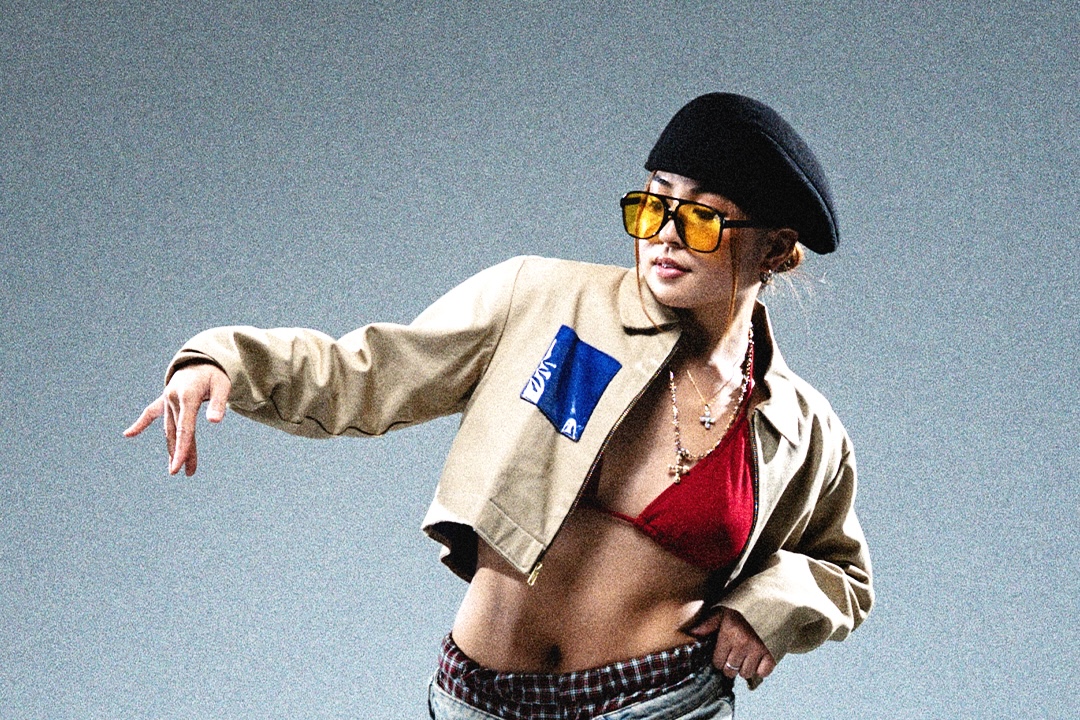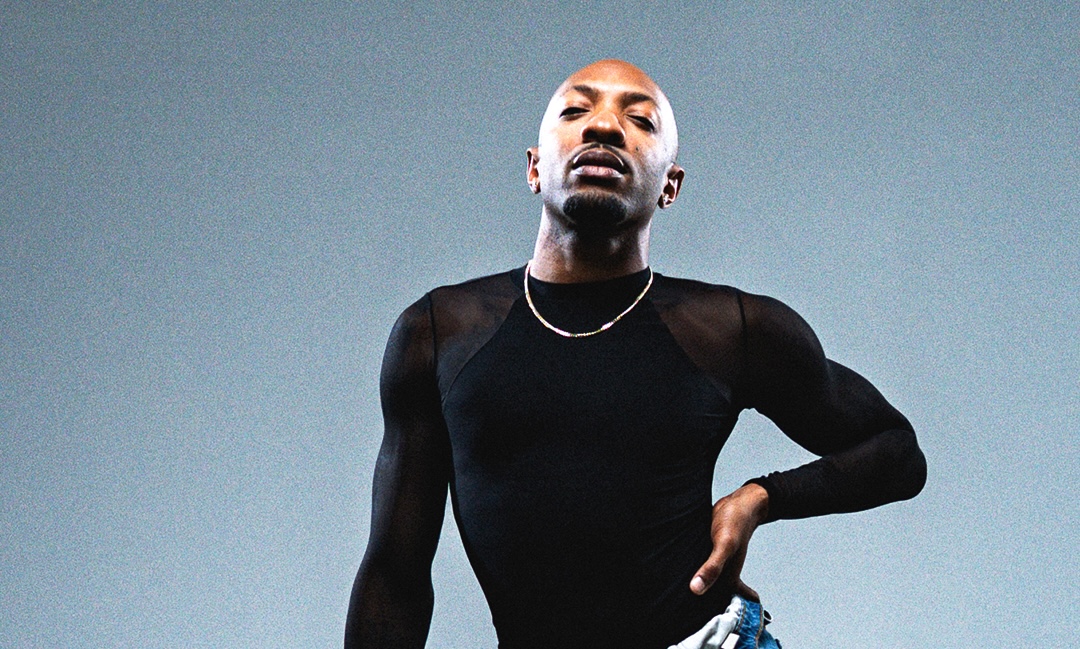In Ballet you’ll be moving your arms a lot – like a LOT A LOT.
And it’s not only about executing the movements so that they look technically “correct.”
It’s about using your arm and hand gestures to tell a story.
Wanna learn all the Ballet arm positions with a FREE online class?
And if you're more of a reader, follow along with this guide to lock in all the knowledge you’ll need to move your arms with grace.
Exercise 1: Preparatory position
When learning new arm movements, you’ll want to start with a Preparatory position – basically, it’s how you start and finish each move.
The preparation involves placing your arms in a circular shape with your fingers facing the floor, slightly in front of your thighs. Make sure to have a nice bend to your elbow.

Practice Tips:
- Relax
- Keep your shoulders down, away from your ear
- Keep your chest open by pressing your shoulder blades back
- Keep your arms from pressing against your thighs
- Use a mirror for correction
Exercise 2: Arms in 1st position
Bring your arms up from your prep position as if you're holding a beach ball in front of you.

Practice Tips:
- Lift from the lats beneath your armpits
- Keep your arms nice and round
Exercise 3: Arms in 2nd position
With your arms still in that half circle position, bring them out to the side while making sure that your elbows don’t go any further back than your shoulders.

This is your 2nd position.
Practice Tips:
- Use a mirror to watch your elbow placement
- Instead of thinking of your arms going back, think of them going out.
Exercise 4: Arms in 5th position
From 2nd, reach both arms above your head and voila – you're in 5th position.

Imagine yourself in a nice circular picture frame, elbows out to the side. Now, have an imaginary beach ball over your head, instead of in front of you.
Practice Tips:
- Use your peripheral vision to detect if your hands are too far forward or too far back Only your pinky finger should be in the peripheral vision
- Keep your elbows to the side, not the front.
Exercise 5: Arms in 3rd Position
Your 3rd position is a combination of one arm being in the 1st position and the other arm in the 2nd position.

Practice 3rd position so you can gain muscle memory as it is often used in center Tendus, Variations, and Pirouettes.
Don’t forget to switch arms while practicing.
Practice Tip:
- Use “1+2=3” to help remind you which positions your arms are in when holding it in 3rd.
Exercise 6: Arms in 4th Position
Having one arm in 3rd position and the other up in 5th position is called the 4th position.
Make sure you practice both arms by switching them up.

Practice Tip:
- Do a mirror check to make sure your arm does not cross over the middle part of your head.
Exercise 7: Hand placement
So you may have heard the saying “soft arms, soft hands”, like they should have this magical wind carrying them through the performance.
Now, the following exercise may not be magic, but it is a great way to practice what is called Allongé (meaning “to extend”) – a hand position that creates that soft, extended effect.
Next time you hit the shower, stand under the water with your arm lifted and your hand positioned down.
Just let the water drip down on your hand. Position your hand so you have streams of water running from every finger. Practice this with both hands.
You don’t want your thumb out like you're about to high five someone.
Instead, tuck your thumb underneath your hand. Your middle finger must slightly reach down towards your thumb and your pointer and ring finger slightly lifted. Your pinky finger should be the highest one.

Let’s not forget about that wrist! For best results, keep your wrist lifted as it is an extension of your arm, going in the direction you are reaching towards.
Practice Tips:
- Let your chest expand as you breathe and try to mimic that same breathing pattern with your hands.
- Always think of your hands as part of your arms, accentuating that last movement through the wrist.
Exercise 8: Arabesque
An Arabesque is a move in which you’ll stand on one leg, while the other one is lifted. When in Arabesque, you want to place your arms in 3rd position, but extend to the front with a slight bend in your elbow.

As you extend your arm, try to gaze beyond that extension. This is also a good moment to examine if your fingers look nice and airy.
Practice Tip:
- Hone in on that gaze because it will help you finish off the arm movement with elegance.
To practice at home, you can do each of the arm positions going all the way from Preparation to 5th position, adding Arabesque and making sure you Allongé in between. You can practice both right and left side at a slower pace first, until it becomes second nature to you.
And as always, use a mirror to help spot where you need adjustment.
Relax and have fun!
Read this post next:










